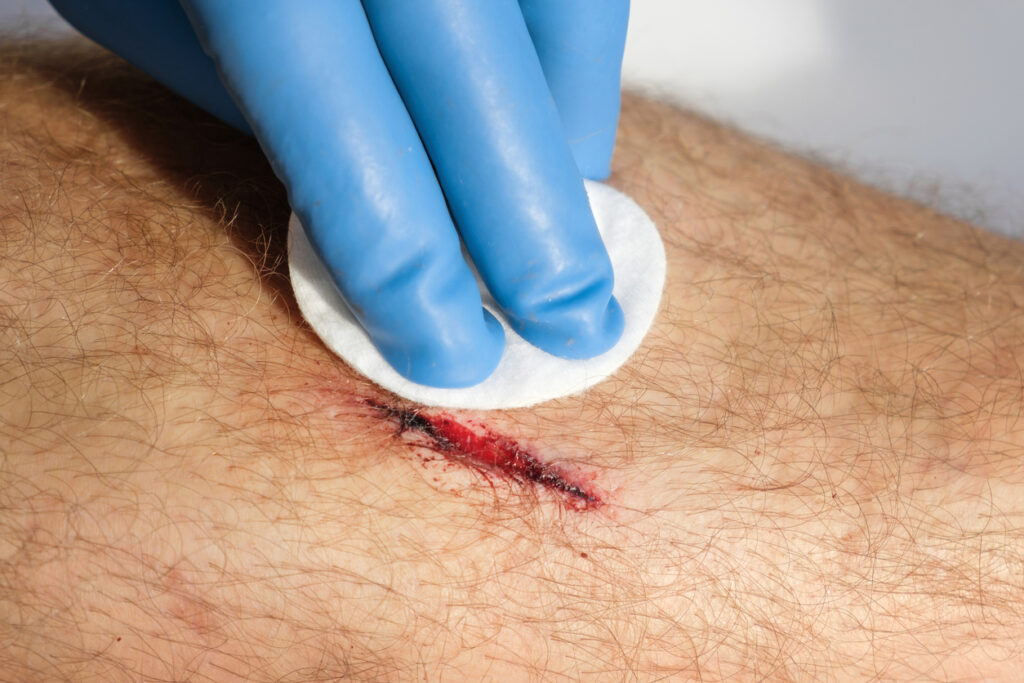A new hydrogel that is easier to synthesize, contains natural antibiotic properties, and promotes cell growth may aid wound healing without increasing risk for antibiotic resistance, new research suggests.
Using the common hydrogel Gel-MA, researchers added polylysine and platelet-rich blood plasma to create properties that are well-suited to wound care. The result? A hydrogel that is stronger, expands in the wound, lasts longer, kills bacteria, and creates a healthy environment for new cells to grow.
“The hydrogel continuously releases polylysine on the wound surface and continuously inhibits bacterial growth,” says study author Jing Sun of China-Japan Union Hospital of Jilin University in Changchun, Jilin, China.
“We chose ε-polylysine because it can inhibit the growth of bacteria and solve the problem of antibiotic abuse, drug resistance, and does not affect the proliferation and development of cells. It can also conjugate with gelatin methacrylate, which plays an antimicrobial role and enhances the mechanical strength of the hydrogel.”
In tests with E. coli and S. aureus, the hydrogel damaged bacteria cell membranes and led to bacterial cell death. For healthy cells, the inclusion of platelet-rich blood plasma resulted in a release of growth factors and an increase of viable cells.
“The most interesting and exciting moment for me was when we mixed the polylysine and platelet-rich plasma solutions to see if they could form a hydrogel under ultraviolet (UV) irradiation,” Sun says.
The experiment worked, and the hydrogel can be cured under a UV lamp for 30 seconds instead of curing by repeatedly freezing and thawing for up to eight hours.
“As a clinician and researcher in dermatology, I have the obligation to provide better treatments for patients,” Sun says. “Patients with chronically infected wounds combined with metabolic diseases, such as diabetes, malnutrition, and other diseases, as well as long-term bedridden patients will be helped by this solution.”
The study is published in APL Materials.


